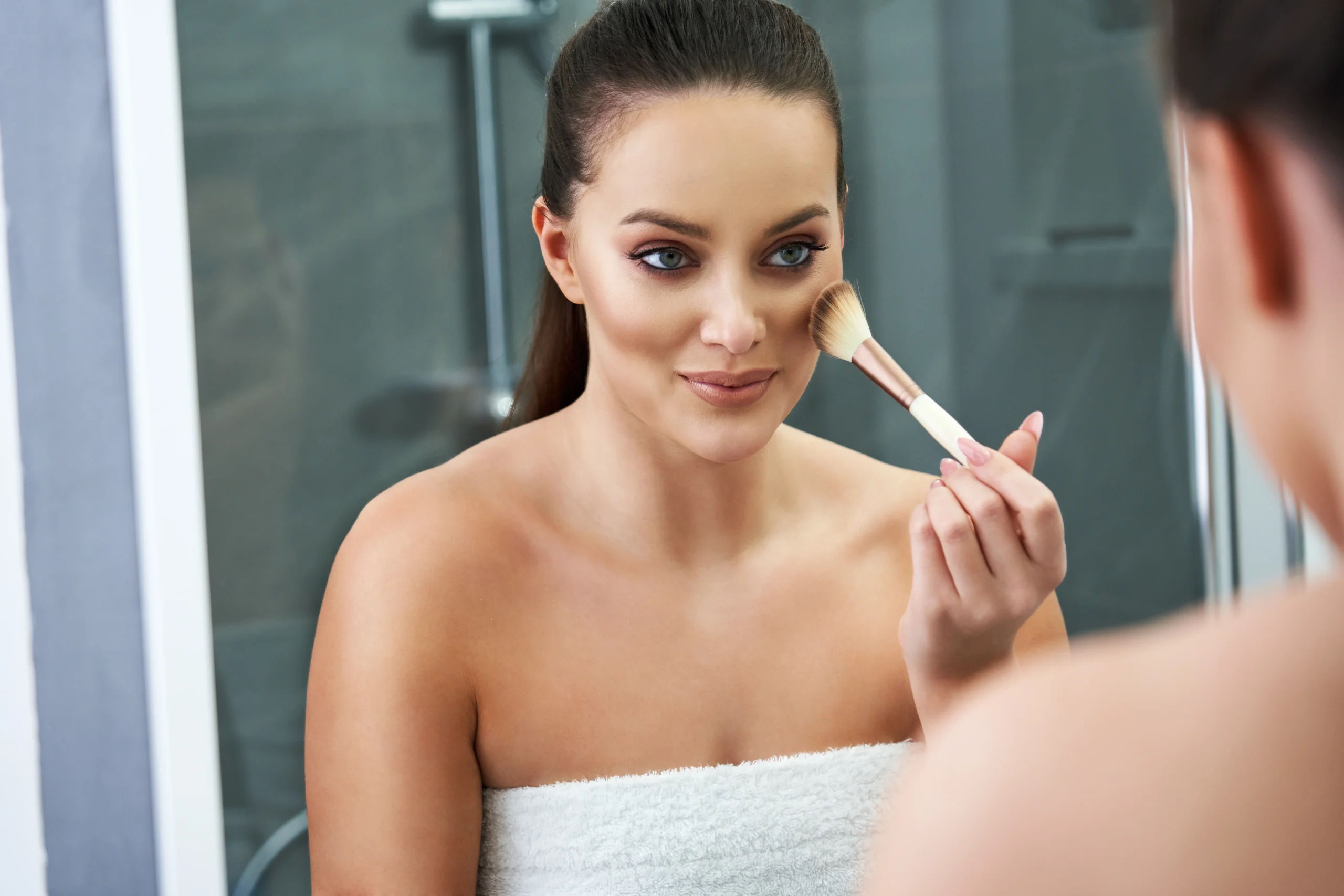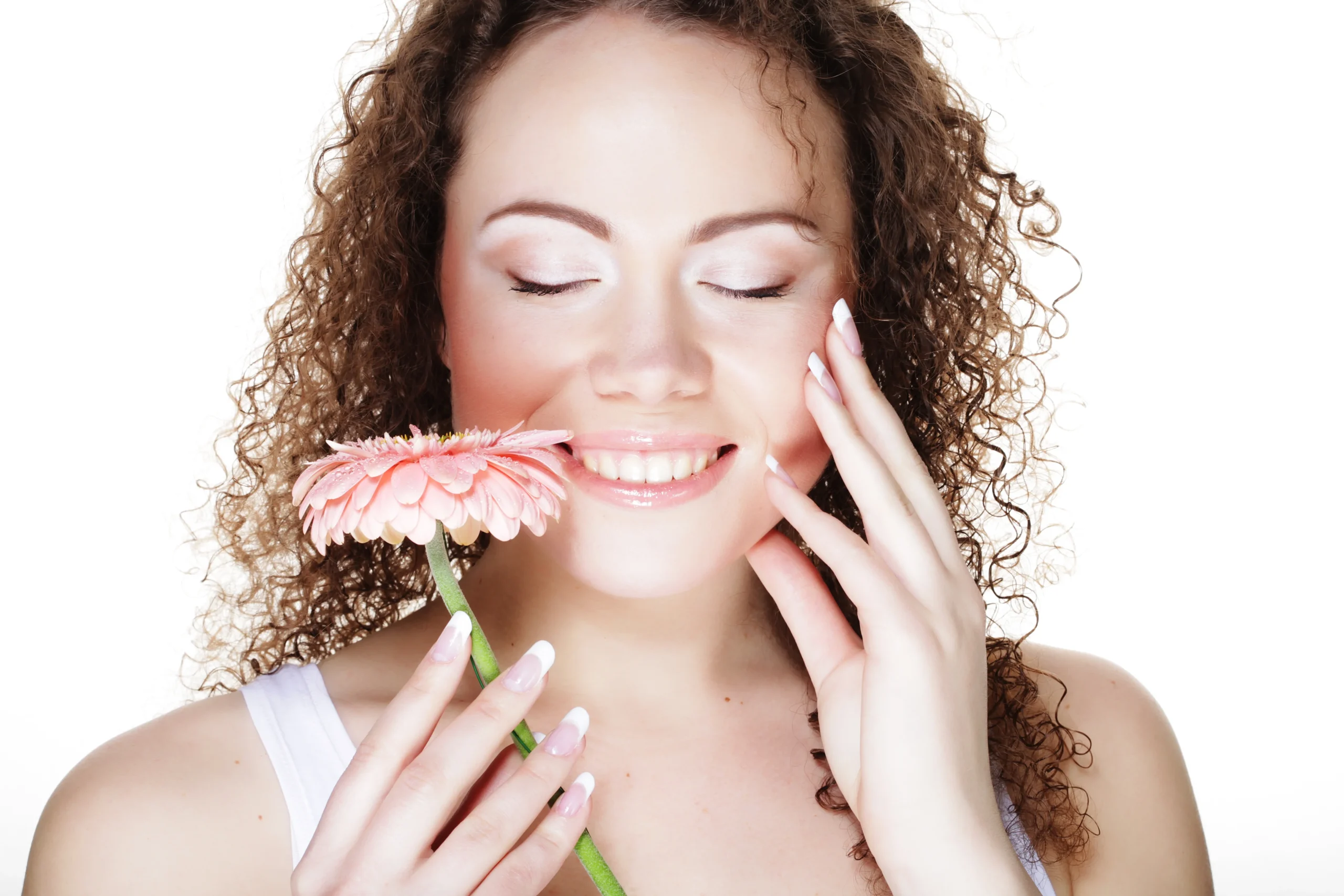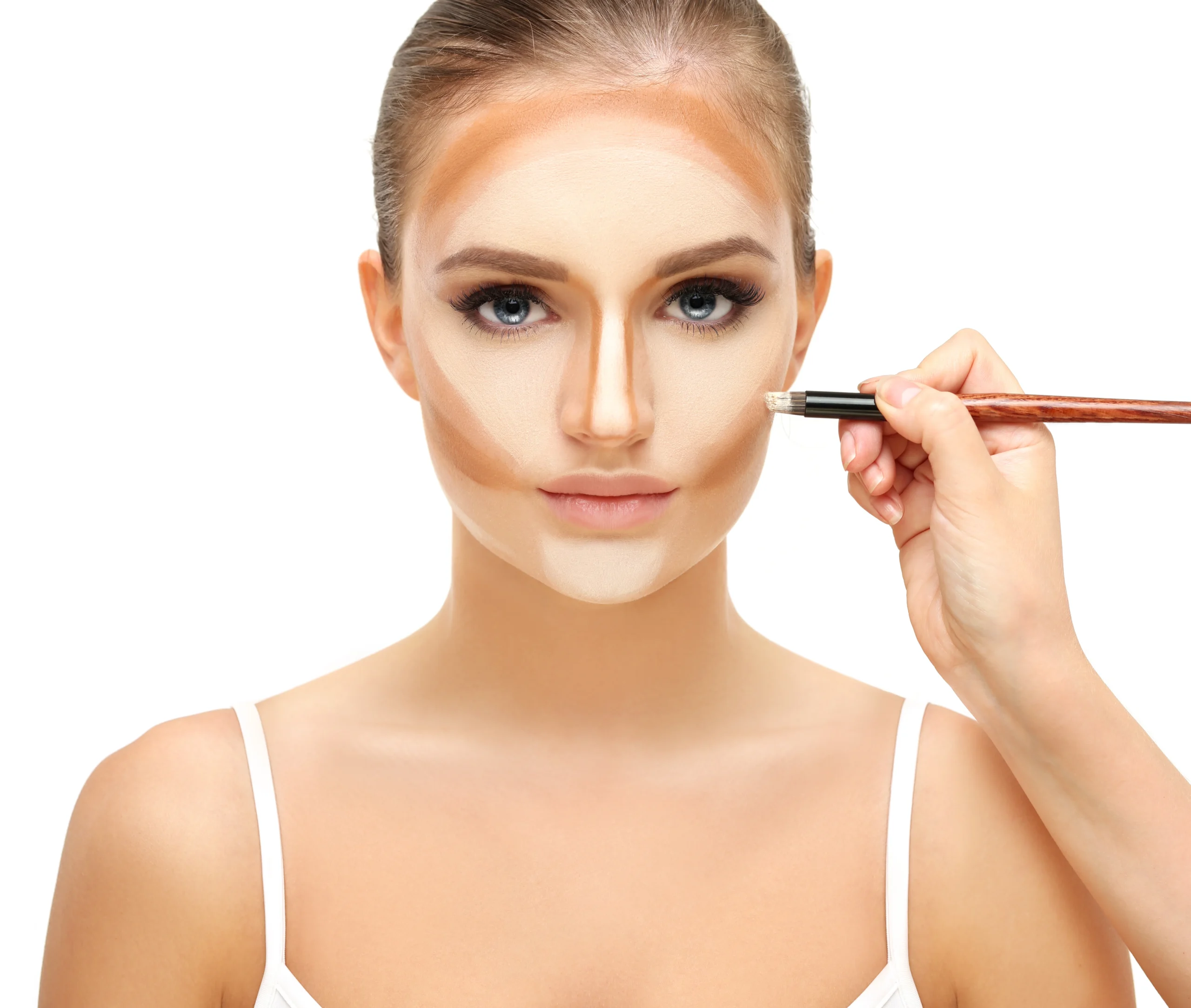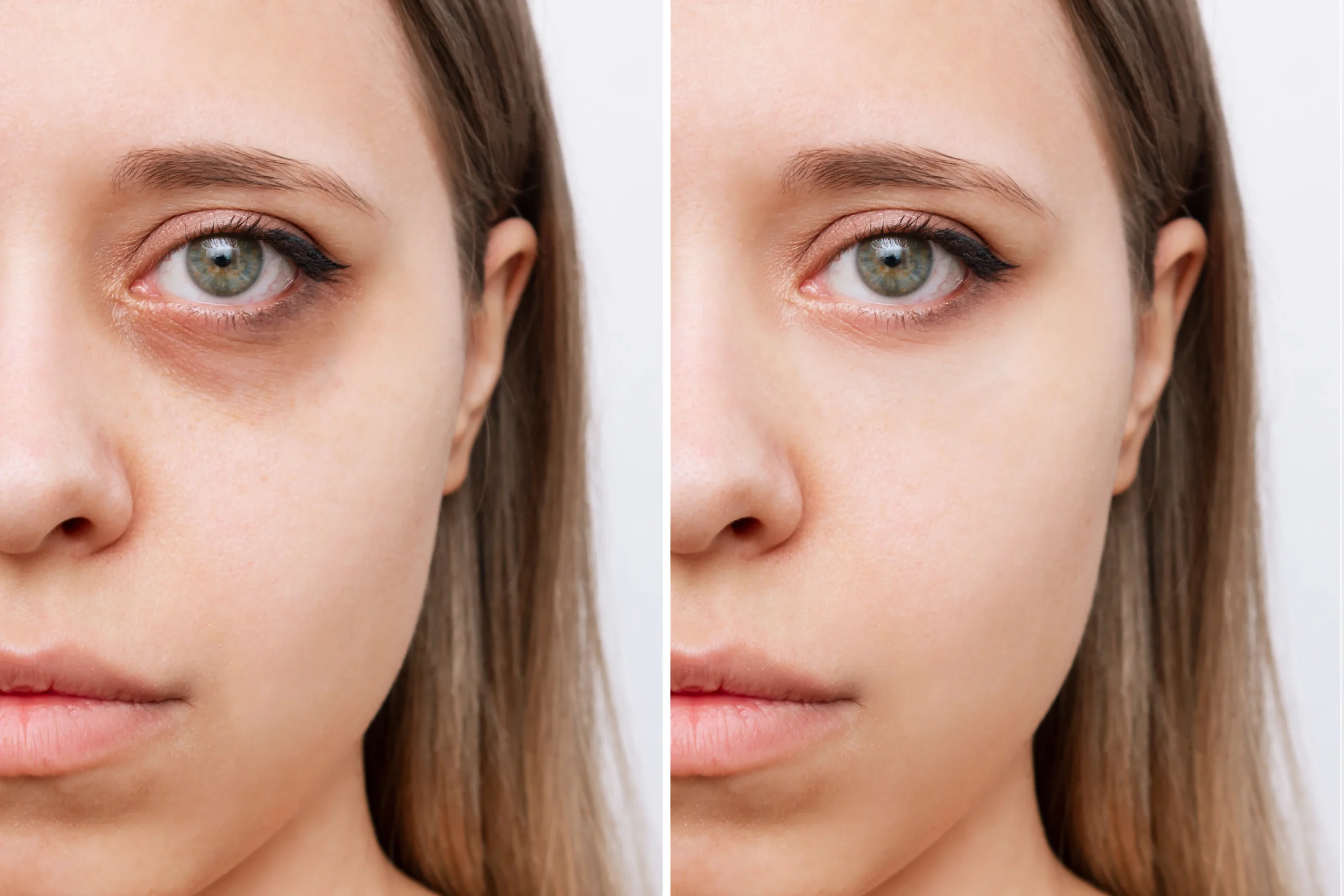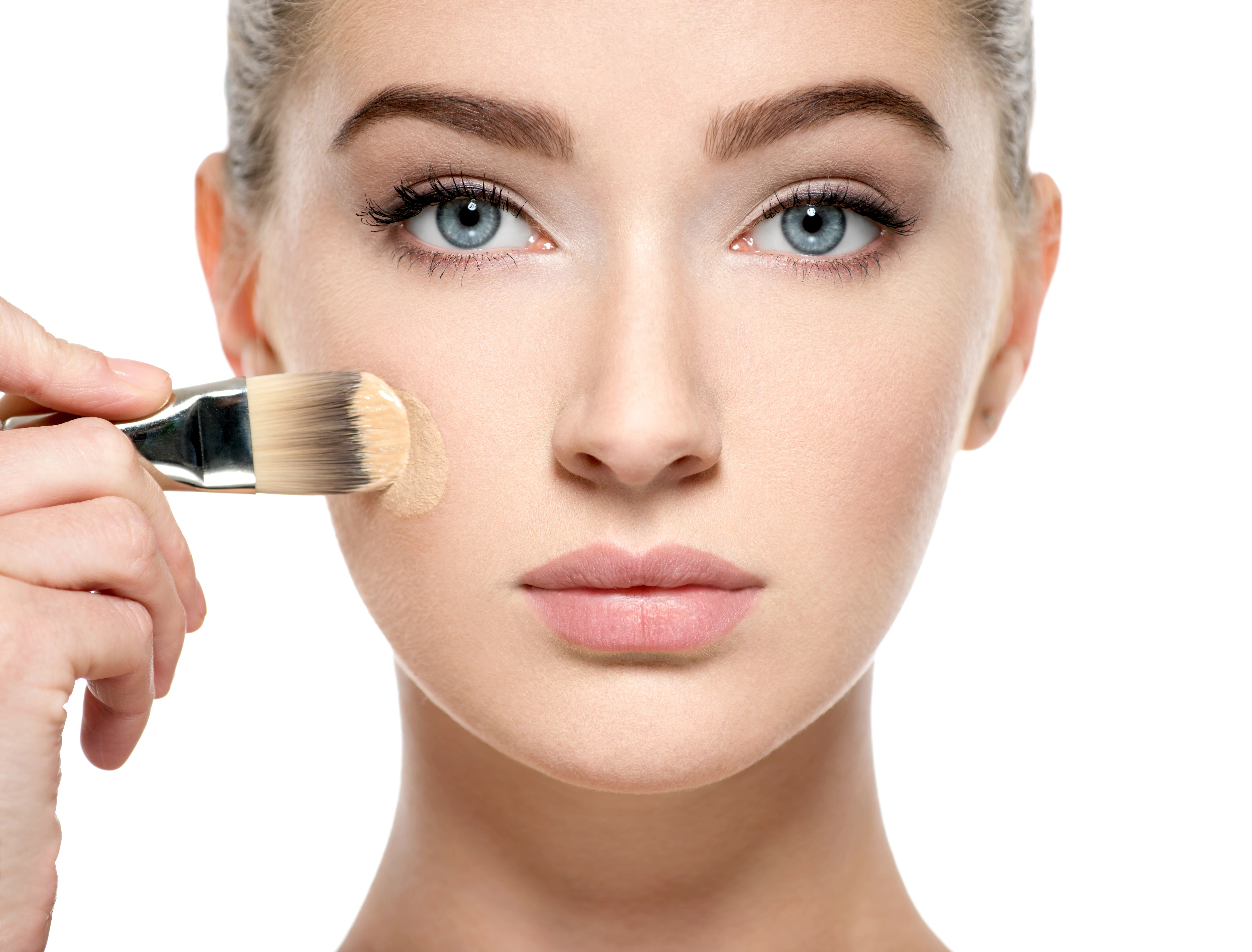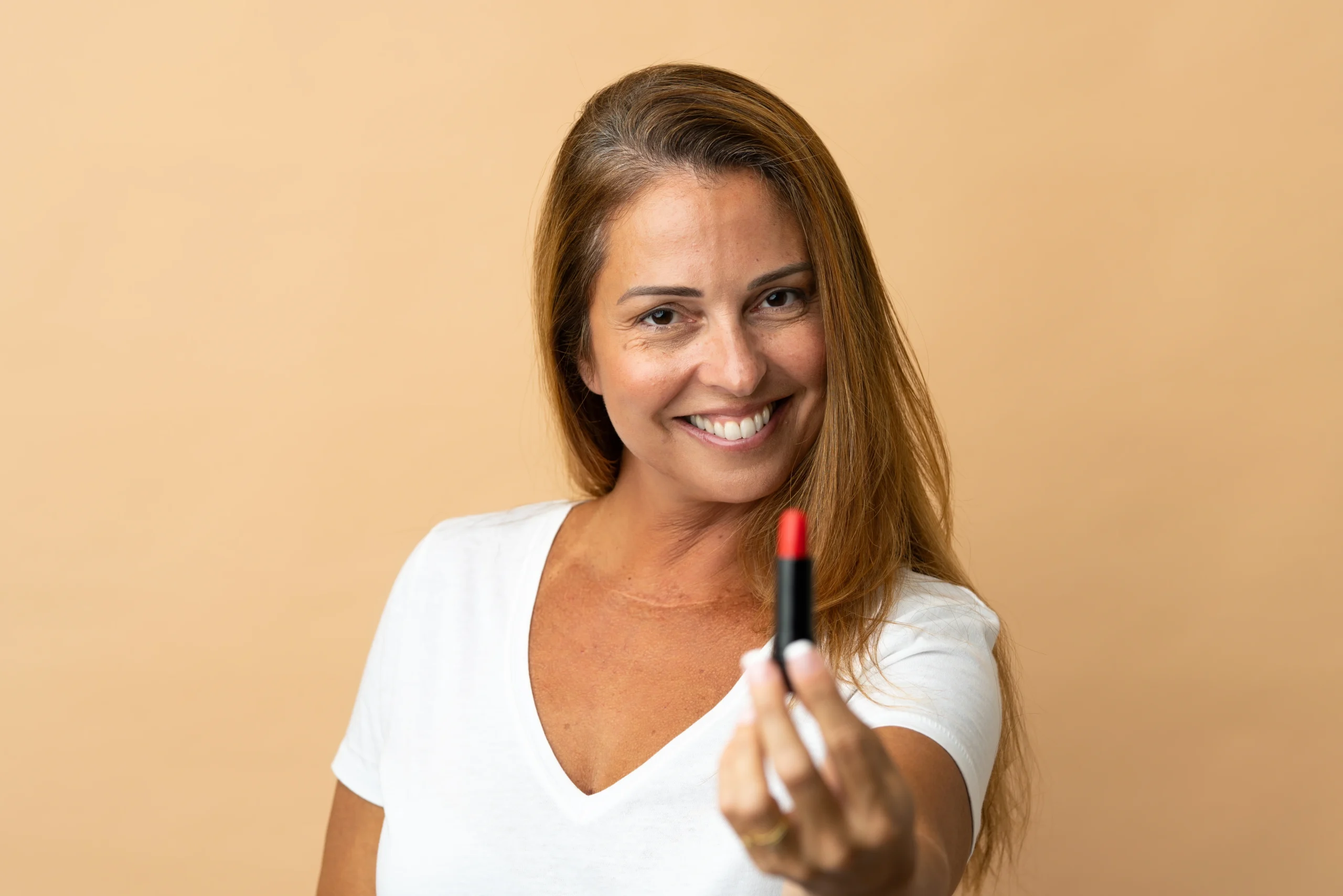Ways to Prepare Your Face Before Makeup
How to prep your face for makeup: Prepping the face before makeup is a secret every beauty lover and professional makeup artist follows to achieve a perfect and long-lasting look. Truth be told, no matter how expensive your foundation is or how skillfully you blend it, if your skin isn’t properly prepped, makeup can settle into fine lines, stick to dry patches, or fade throughout the day. Proper skin preparation transforms skin into a smooth, hydrated, and primed canvas, making application easier and increasing the product’s effectiveness and longevity.
Imagine you’re painting a masterpiece on a rough, uneven canvas- every brushstroke will be a battle, and every detail will be disrupted. This is precisely what happens when you skip prepping your skin before applying makeup. If your skin isn’t properly cleansed, exfoliated, and moisturized, your makeup has to work extra hard, resulting in a patchy and creased finish. On the other hand, if the skin is soft, hydrated, and balanced, each product blends easily, and both natural and glam looks last perfectly.
Prepping your face before makeup isn’t just about spritzing water or applying a moisturizer. It’s a conscious process of steps tailored to your skin type, concerns, and desired look. From removing dirt to locking in moisture and using the right primer, every step creates the perfect finish. Professional makeup artists emphasize that this is not a “one-size-fits-all” routine; it’s a customized process that ensures your base product adheres properly, doesn’t oxidize, and stays radiant all day.
In this guide, you’ll discover nine essential steps to skin preparation, whether your skin is dry, oily, combination, or sensitive. These tips will help you create a professional-quality base every time. You’ll also learn to use SPF to ensure skin protection without ruining your makeup finish. Finally, you will know the tricks to prepare your face before makeup and understand why this routine is the foundation of true beauty.
Understanding The Importance of Skin Preparation Before Makeup
How to prep your face for makeup. Before going into the step-by-step process, it’s essential to understand why skin preparation is the key to perfect makeup. Many people only pay attention to the products after primer, foundation, concealer, and blush. Still, the longevity, smoothness, and overall quality depend mainly on the skin’s condition underneath. Properly prepared skin helps cosmetics adhere properly, thus avoiding problems like patchiness, cakeiness, or excessive oiliness.
Properly prepped skin also enhances the effectiveness of your makeup products. For example, on dry and textured skin, foundation often clogs pores. Still, foundation blends easily on hydrated and primed skin and lasts longer. This saves application time and reduces the need for mid-day touch-ups.
Another significant benefit is that proper preparation protects the skin from potential damage from makeup. Applying a layer of hydrating serum, moisturizer, and SPF creates a protective shield that minimizes direct exposure to color pigments, reducing the risk of clogged pores, irritation, or long-term dryness.
Most importantly, prepping your face before applying makeup boosts your confidence. Knowing that your makeup will stay fresh and flawless for hours helps you focus on your day or event and not worry about your appearance. It’s not just about looking good.
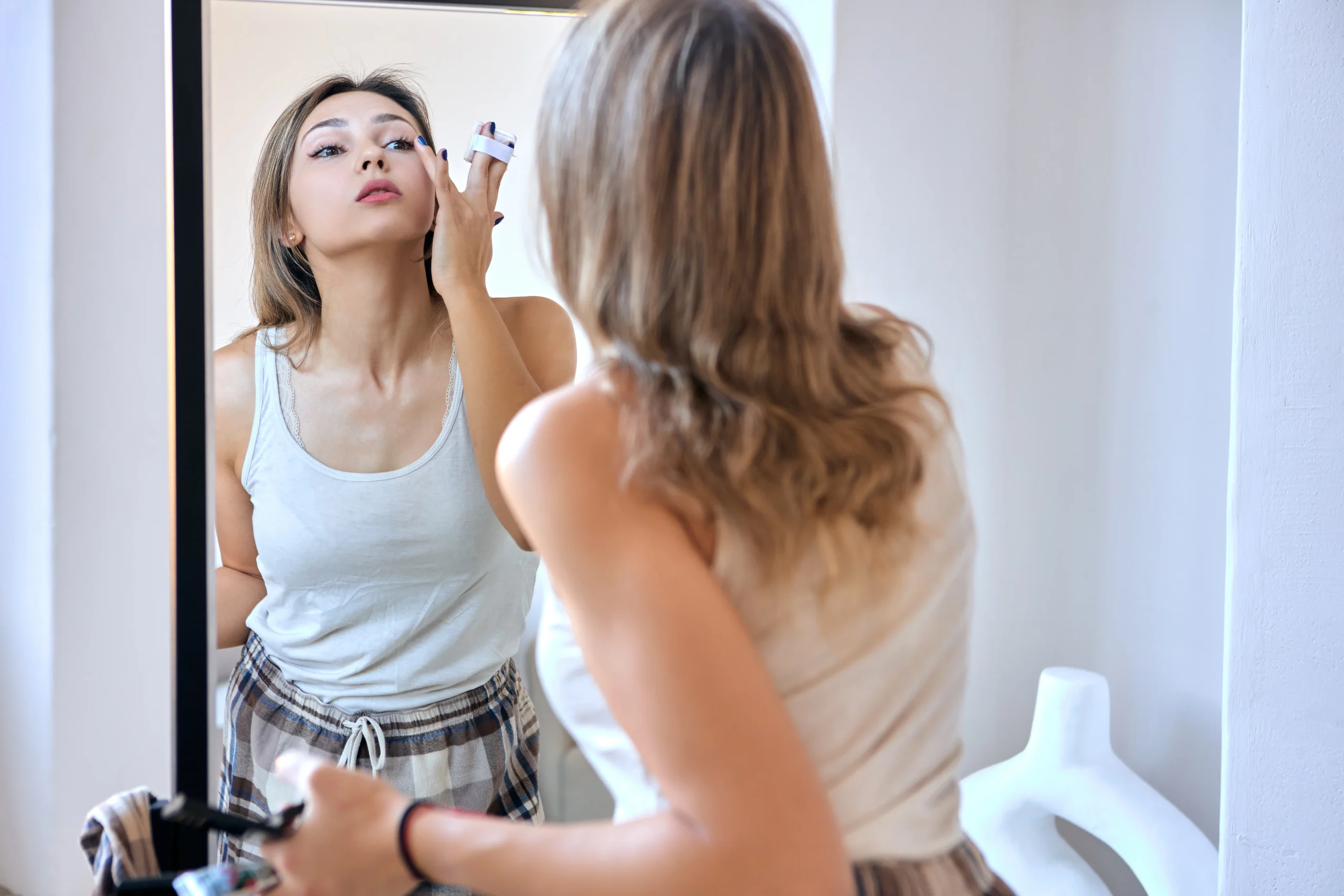
Makeup Preparation Determines Your Skin Type
To master preparing your skin before makeup, you must first understand your skin type. Because skincare is never one-size-fits-all, it’s a personalized approach, tailored to your skin’s needs and creating the perfect base for makeup.
If your skin is oily, the goal will be to control excess sebum production while maintaining adequate moisture. Heavy, oily products cause makeup to melt away, so opt for lightweight, oil-free moisturizers and mattifying primers. Dry skin needs more moisture to reduce the appearance of roughness and make the skin plump and smooth. Skipping this step can make fine lines and texture more visible with foundation.
Combination skin requires strategic care—use mattifying products on the T-zone and rich creams on dry areas. Sensitive skin needs to be handled with extra care—it’s crucial to avoid strong exfoliants or scented formulas to avoid irritation or redness before makeup.
Understanding your skin type isn’t just about choosing a moisturizer or primer; it’s about creating a synergy between your skin and makeup so that both work in harmony. This awareness ensures that your preparation is targeted and effective.
Step One: Cleansing the Skin Before Makeup
Cleansing is the most crucial step in preparing your face for makeup. Clean skin ensures that makeup looks smooth and lasts longer. Oil, sweat, dead skin cells, and environmental dirt accumulate on your skin at different times of the day and night. If left untreated, these can mix with makeup to create a patchy or uneven finish – and even cause acne.
Timing is essential when cleansing. Wash your face at the beginning of your routine, and use lukewarm water if possible. Hot water removes the skin’s natural oils, while cold water cannot effectively remove dirt. Apply the cleanser by gently massaging for at least 30 seconds, especially on the nose, chin, and forehead, where makeup breaks down first.
A mild foaming cleanser is suitable for oily or acne-prone skin, as it removes excess oil but does not dry out the skin. Cream-based or hydrating gel cleansers are ideal for dry or sensitive skin. Double cleansing—first an oil-based cleanser, then a water-based cleanser—is especially beneficial if you wear makeup or sunscreen earlier in the day.
Choosing The Right Cleanser For Your Skin
Choosing the right cleanser is just as important as cleansing. Formulas rich in salicylic acid or tea-tree extract, which control excess sebum, benefit oily skin. Dry skin prefers hydrating ingredients like glycerin or hyaluronic acid. A sulfate-free soothing cleanser rich in chamomile or aloe vera is suitable for sensitive skin.
Avoid overscrubbing or overly strong cleansers, as these can make skin tight and irritated, leading to an uneven makeup finish. Think of cleansing as your skin’s “reset button,” preparing it for hydration, priming, and the perfect foundation.
Step Two: Exfoliation to Create a Smooth Base
Exfoliation is an essential step in preparing the skin before makeup. It removes dead skin cells, making makeup look dull or cakey. When new, smooth skin is revealed, foundation glides on more easily, and powder blends more evenly.
There are two types of: physical and chemical. Physical exfoliation removes dead skin cells by hand with a scrub or brush, but it can be too harsh for sensitive skin. Chemicals use ingredients like AHA (glycolic acid) or BHA (salicylic acid) to dissolve dead cells without scrubbing.
Exfoliating two to three times a week is sufficient for most skin types. Over-exfoliation can damage the skin barrier, causing redness, irritation, and even increased oil production. After exfoliation, you must use hydrating products to restore moisture and ensure skin recovery.
Physical vs. Chemical Exfoliation
When preparing the face for makeup, it is essential to understand the difference between physical and chemical exfoliation. Physical exfoliation uses tools or granular materials—such as sugar scrubs, microbeads, or facial brushes—to remove dead skin cells by hand. This method provides instant results but should be used lightly in sensitive skin to avoid microtears.
On the other hand, chemical peels use acids to dissolve the bonds between dead skin cells, allowing them to fall off naturally. AHAs like glycolic or lactic acid are helpful for dry or dull skin and increase hydration. BHAs, like salicylic acid, penetrate deeply into pores, making them effective for oily or acne-prone skin. Enzyme exfoliants derived from fruits like papaya or pineapple are gentle options for sensitive skin.
Which one you choose will depend on your skin’s tolerance and goals. Many people alternate between the two methods—light physical exfoliation one day a week and chemical exfoliation another day—to get the most benefit without overdoing it. The result is a perfectly smooth base where makeup blends effortlessly and stays fresh for a long time.
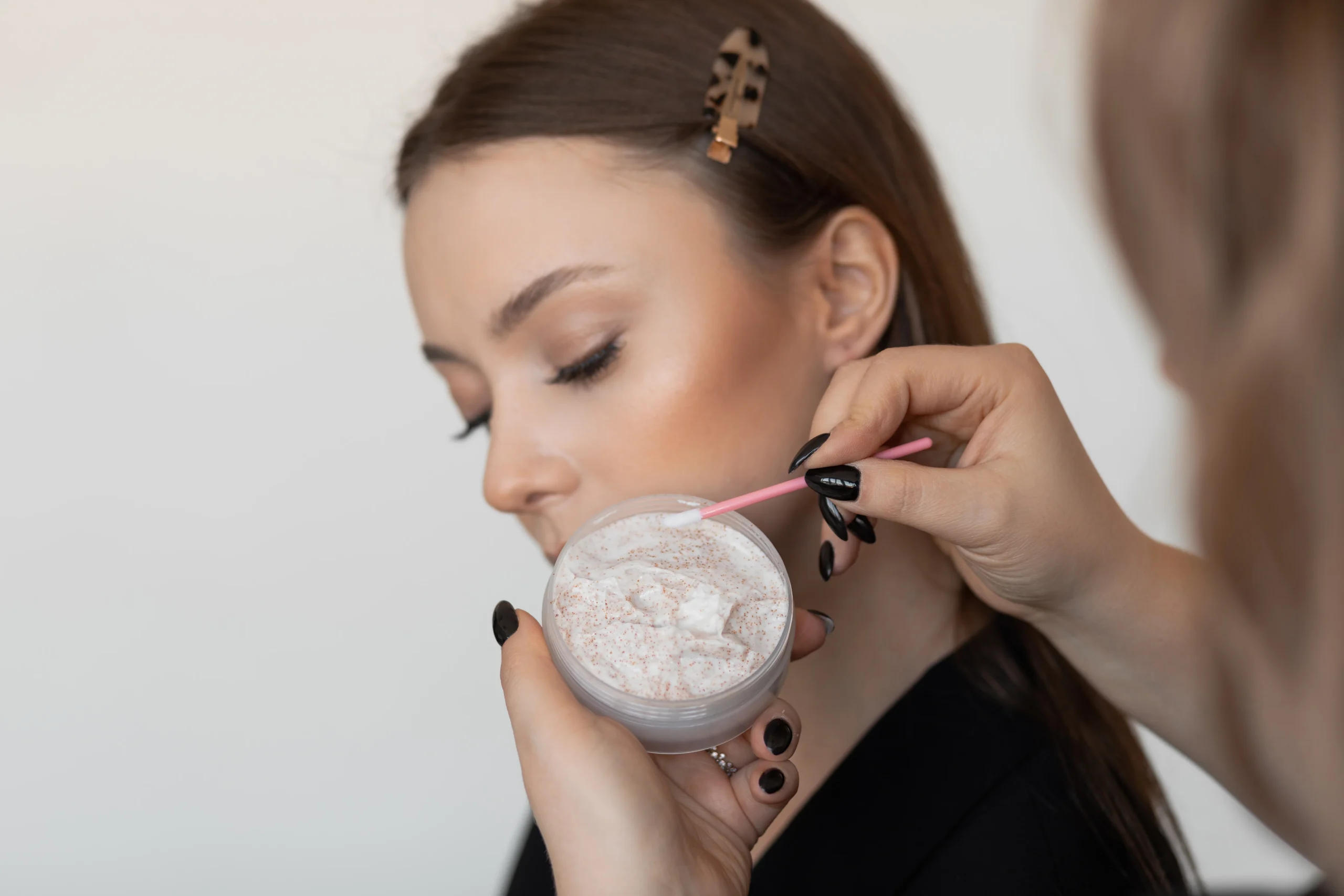
Step 3: Hydrating The Skin for Makeup Application
Hydration is the heart of preparing your face for makeup. Even the most expensive foundation can look dry or uneven without hydration. Properly hydrated skin holds makeup better, reflects light evenly, and feels comfortable all day.
First, apply a light, water-based serum containing hyaluronic acid, glycerin, or panthenol. These humectants draw moisture into the skin, smoothing fine lines. Then, use a moisturizer according to your skin type—gel formulas for oily skin, rich creams for dry skin, and balancing emulsions for combination skin.
How to prep your face for makeup, don’t forget the facial mist. A spritz before foundation can add an extra glow and help keep skin fresh if your prep routine is long. Give each layer time to avoid flaking.
The Role of Serum In Makeup Preparation
Serums are the secret weapon of the perfect skin prep routine. They deliver active ingredients directly to the skin, addressing issues that can affect the finish of your makeup. For example, vitamin C serum can brighten the skin, making foundation look more radiant. In contrast, niacinamide serum reduces redness and improves texture, creating a smooth base.
For special occasions, you can use a hydrating sheet mask or an overnight sleeping mask the night before. These deeply moisturize the skin, making makeup application almost effortless.
Step 4: Applying Makeup Primer
Primer is the bridge between skincare and makeup, locking in your prep work and enhancing the performance of your cosmetics. Primer is essential if you want your makeup to last and have a professional finish.
Mattifying primers are great for oily skin, controlling shine, and preventing foundation from creasing. Illuminating primers add a soft glow to dry or dull skin, while pore-filling primers create a smooth texture and blur imperfections. Color-correcting primers help neutralize redness, yellowness, or dullness.
Use a small amount of primer; a pea-sized amount is enough for the entire face. Focus on areas where skin gets oily or makeup tends to fade quickly (T-zone, cheeks, around the mouth). Wait a minute before applying foundation.
Choosing The Best Primer According to Skin Needs
The wrong primer can ruin your look. For example, using a water-based foundation with a silicone-based primer can cause separation, so match the formulas. Silica or clay-rich primers are good for oily skin, while squalane or shea butter-rich primers are suitable for dry skin.
For a long-lasting look, you can use a gripping primer, which keeps the foundation locked in even in humid weather. For casual days, a light, breathable primer is enough.
Step 5: Preparing The Lip and Eye Area
When applying makeup, we often focus on our cheeks and forehead, but the lips and eye area are just as important. Neglecting them can cause lipstick to smudge or concealer to crease.
How to prep your face for makeup, Lips Ready for Lipstick
First, gently exfoliate your lips with a sugar scrub or a wet washcloth to remove dry, flaky skin. Then apply a balm with nourishing ingredients like shea butter, beeswax, or oils. Avoid waxy formulas before lipstick, as they cause slippage.
Prepare The Eye Area for Concealer and Eyeshadow
The under-eye area is prone to dryness. So, apply a light eye cream or gel to provide hydration but prevent concealer from creasing. Use a separate eye primer for eyeshadow so that the color lasts longer and doesn’t fade. If your eyes are puffy, apply a cold compress or chilled eye patch before applying makeup.
Step 6: Sun Protection Before Makeup
SPF is essential in makeup preparation, even if the foundation contains sunscreen. Daily UV rays age the skin faster and increase the risk of skin cancer.
Use a broad-spectrum sunscreen. For makeup wear, lightweight, non-greasy formulas like gel sunscreens or fluid milks layer well without weighing down your base. Apply it as the last step of your skincare routine before primer, and allow it to be fully absorbed.
Choosing The Right SPF Formula for Under Makeup
Avoid sunscreens that leave a heavy white cast or are peeling. Asian beauty sunscreens are often praised for their light texture. If you need to reapply during the day, use a powder or spray sunscreen that won’t ruin your look.
Step 7: Timing of Makeup After Skincare
Each skincare layer sits better for a few minutes before applying makeup. Rushing can cause the foundation not to set properly or the primer to peel. A rule of thumb is that waiting 1-2 minutes after each step works well.
Step 8: Special Occasion vs. Everyday Makeup Preparation
A simple routine is enough for everyday use: cleanse, moisturize, SPF, and prime. For special occasions, exfoliate the night before, use a hydrating mask, and apply a gripping primer for maximum durability.
Step 9: Final Preparation Before Foundation
Test your skin before applying foundation. Blot if oily, mist lightly if dry. This final touch makes the base perfect and long-lasting.
Check Out More Beauty and Makeup Articles Here
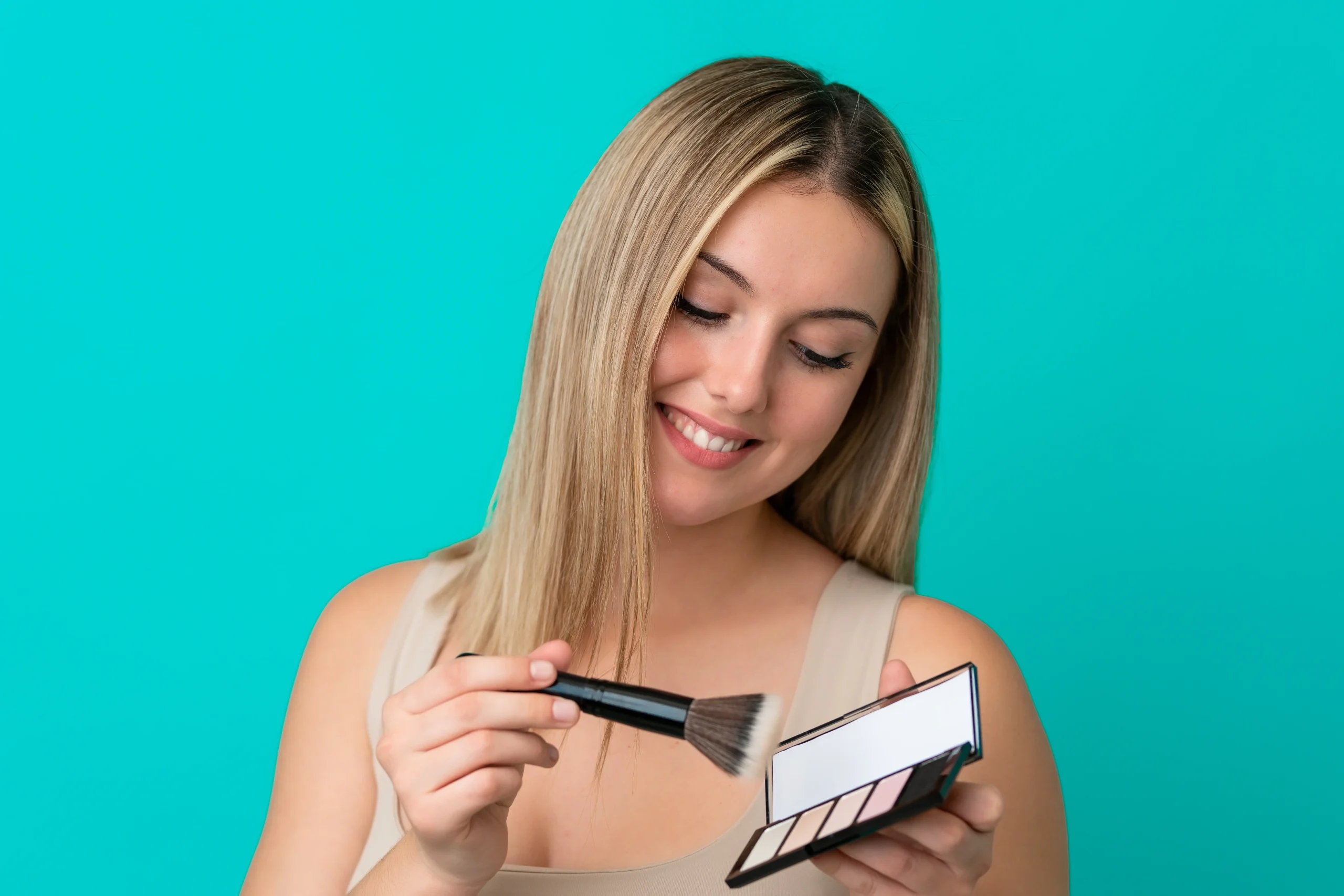
Final Thoughts: How to Prep Your Face for Makeup
Knowing how to prep your face for makeup means getting a smooth, flawless, and long-lasting look every time. It’s not just about instant beauty – it creates a healthy skin environment where your makeup can perform at its best.
Whether preparing for a full-glam night out or a simple daytime look, taking a few minutes to cleanse, hydrate, prime, and sun-protect can make a big difference in results.
By tailoring your routine to your skin type, timing each step, and choosing products that work well together, you’ll be on your way to makeup success. Remember, the best makeup look starts before applying foundation; it begins with thoughtful and consistent skin prep.
By following these steps, you will notice that your makeup looks good, lasts longer, feels comfortable, and enhances your natural beauty, not covers it up. This is the true art of makeup preparation.

